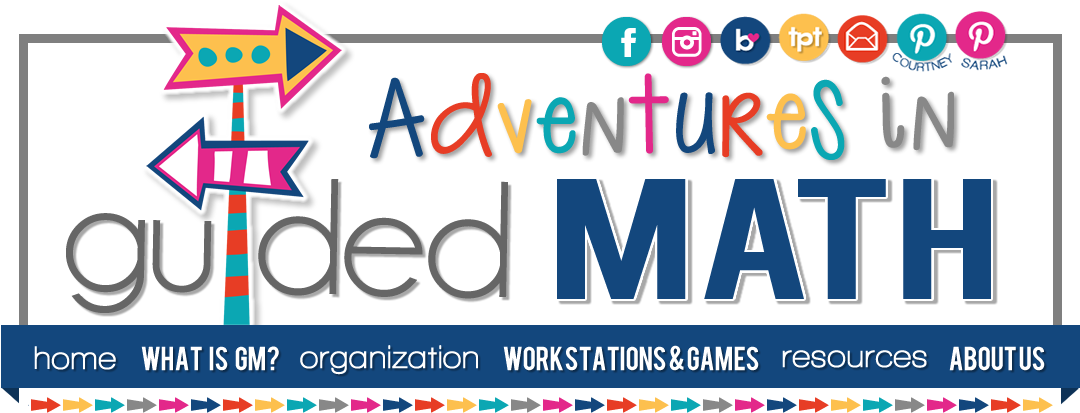To read past chapter posts, visit the Number Talks Book Study Archive!
Chapter 3: How Do I Develop Specific Strategies in the K-2 Classroom
To begin, four overreaching goals for K-2 Number Talks were presented:
Developing Fluency with Small Numbers: Fluency is "knowing how a number can be composed and decomposed and using that information to be flexible and efficient with solving problems." If students are able to compose and decompose "small" numbers, they are able to apply this same thinking when faced with a variety of numbers. As you can see in the pic below, the student knows that 26 is the same as 4 + 22. Therefore, she can use the 4 to make an even ten, 30, and she went on to say it could be easily added in her head.
Subitizing: If a student is able to subitize, he/she is able to immediately recognize a group of objects as a single unit. The use of dot images, ten frames, and rekenreks in number talks help children understand the value of a number and its parts. Dot models for subitizing can easily be made with colored dot stickers (the kind you find with garage sale price tags at any office store) and paper plates. Simply flash the image (for just a few seconds) and ask students to tell you what number is represented by the dots. Students will visually group the dots in a way that is easy for them to "count". Showing the different ways that students arranged the dots in their heads to figure out the number serves as an appropriate number talk for primary students.
Making Tens: As we all know, understanding ten is vital to an understanding our number system. In our classroom, we are constantly talking about the "power of ten"! Parrish shares some EASY ways to help students organize objects into units of ten: use a weekly classroom estimation jar (great for estimation and counting the actual number of objects in groups of five and ten), use five and ten frames in calendar for charting number of days in the school year, have students use interlocking cubes to build towers to match height (counting cubes by grouping tens), and have students help group classroom materials (in tens). In the first pic in this post, you can see the ten frame model of the days of the school year in the background. Please stop back if you would like a copy of the class display, but for now you can download a copy that students use to track the days of the school year. I will load the classroom display template ASAP when I get back to school.
In chapter 3, the use of models and tools is of great focus for K-2 teachers. Parrish provides a rationale and overview of using the following: dot images, rekenreks, five and ten frames, number lines, and hundred charts. Illustrations of their use are also provided.
Parrish goes on to discuss using real-life contexts for problems. SO IMPORTANT! A real-life context makes math relevant, meaningful, and accessible. She also provides a context for using addition and subtraction that gives strategy examples and sample problems. I especially appreciated her discussion of subtraction as much more than simply taking away, but finding difference, comparing values, and part-whole relationships as well. Creating a context for each is essential to student understanding.
Discussing efficiency with your students is also important! Love the idea of having students use fingers to rate the efficiency of strategies and justifying their thinking (p. 53).
Finally, Parrish illustrates eight common addition strategies and two common subtraction strategies that students use. These illustrations are great for helping teachers anticipate the strategies their students will use and how to record them (as discussed in detail in Chapter 2).
Great stuff in chapter 3!
We would love to hear your experiences, ideas, and comments about helping students develop strategies.
AND, DON'T FORGET---Sherry Parrish, the author of Number Talks, will be doing a Q&A after the completion of our book study! We are collecting questions now, so feel free to send in any questions you have for Sherry from now up until the first week in February. You may send questions to guidedmathadventures@gmail.com
Join us next Sunday for Chapter 4!
All the best for a wonderful week--






I loved reading your thoughts about this chapter! I think asking questions about the reasonableness of an answer before starting the number talk is a good idea. I will be trying this out this week and seeing if it helps me keep estimating in the forefront of kid's minds.
ReplyDeleteTara
The Math Maniac